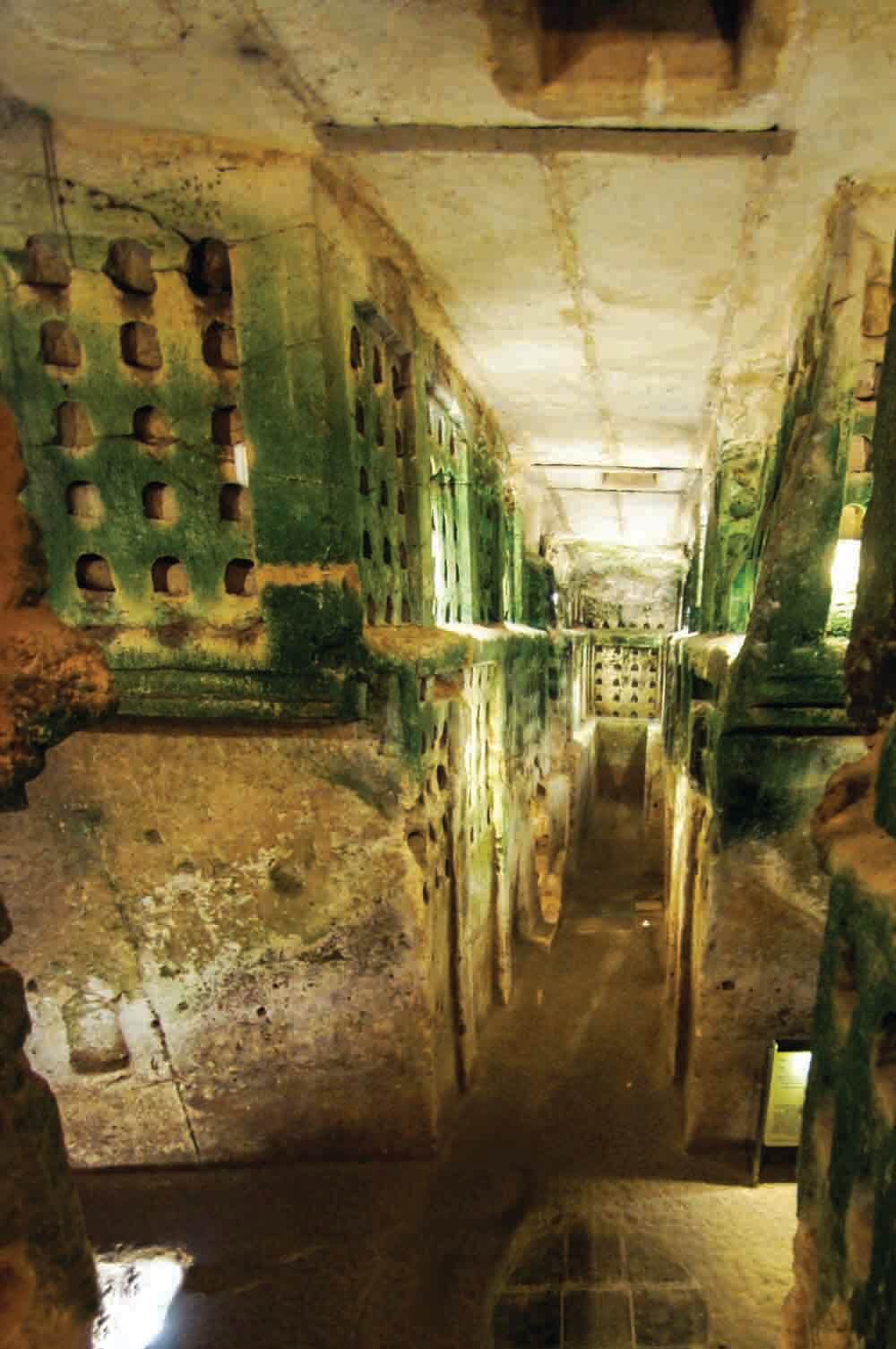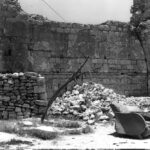האם אתר חפירות במרשה הוא רק ערמה משעממת של אשפה עתיקה, או שמא טמון בו המפתח לסודות יהודה הקדומה העשירים מכפי שחשבנו? כך או כך, את המפתח תוכלו לחפש בעצמכם
תל מרשה הוא עוף מוזר בנוף האתרים הארכאולוגיים. ראשית, מעטים שמעו עליו, משום שנהוג לכרוך אותו עם העיר הקדומה המפורסמת יותר בית גוברין; שנית, בקושי נותרו ממנו שרידים על פני השטח, אבל בשטח של כמעט קילומטר רבוע יש אלפי מערות המעידות על חיים תוססים שהיו במקום מעל האדמה ומתחתיה; ושלישית, לחפור במרשה זה קצת כמו לנבור באשפה, אם כי מדי פעם מתגלה בו ממצא מדהים. לפעמים מתברר כי אשפתו של האחד היא אוצרו של האחר, ובמיוחד בתחום הארכאולוגיה.
אז איזה חלק של מרשה מעניין אתכם? עיר המתים העתיקה, שהחלק הידוע ביותר שלה הוא המערות הצידוניות המעוטרות בשלל צבעים, הקולומבריומים הכוללים מאות גומחות משולשות קטנות שנחצבו בסלע, או שמא מערות האחסון ששימשו גם כסדנאות מסוגים שונים והיוו מחסה צונן באזור החם והיבש?
עד כאן מרשה המוכרת, אבל ההרפתקנים יוכלו למצוא מרשה אחרת ההולכת ונחשפת לאטה, עקב בצד אגודל, במשך יותר משלושים שנה של חפירות. זהו מקום מאובק, מפרך ונטול זוהר, שאינו קורץ לכוכבי העל של הארכאולוגיה הישראלית. שרידים שאפשר לייחס אותם במובהק לתקופת המקרא לא תמצאו כאן. אחרי כל החיפושים והבדיקות נראה כי יהודים כמעט לא התגוררו באתר. במובן מסוים הדבר עושה את מרשה מרתקת שבעתיים, ולמרבה ההפתעה גם רלוונטית לנו, כי בשיא התפתחותה של העיר כבש אותה המלך החשמונאי יוחנן הורקנוס (137-104 לפסה"נ), וכל תושביה – כך לפחות מספר יוסף בן מתתיהו – גוירו. המקום ננטש כעבור זמן קצר וכמעט לא התאושש שוב. מרשה היא אם כן אתר נדיר ביותר בארכאולוגיה הארץ ישראלית – אתר שניתן ללמוד ממנו מה קורה כאשר היהדות היא התרבות השלטת באזור ועיר נכרית צריכה להשתלב בתוכה. תופעות מסוג זה לא אירעו לעתים תכופות בהיסטוריה היהודית, וייתכן שלא היה מקרה דומה עד הקמתה של מדינת ישראל.
כל אחד יכול לחפור
למרשה ייחוד נוסף: כל אחד יכול לחפור שם. תכנית ייחודית המשותפת לרשות העתיקות ולעמותת סמינרים ארכאולוגיים מאפשרת לתיירים מהארץ ומהעולם, לתלמידים ולכל המבקשים לחוש את החוויה של יממה בחפירה ארכאולוגית לעשות זאת תחת עינם הפקוחה של עובדי החברה, חלקם ארכאולוגים וחלקם מתנדבים שהוכשרו לכך במיוחד. מדהים לראות את כמויות העפר אשר הוצאו מתוך מאות החדרים שנחפרו באתר – מחדרי אמבטיה קטנים ועד אולמות גדולים – ונופו במטרה לגלות ממצאים מעניינים. שיטת עבודה זו אפשרית כיוון שהמערות הפכו בתקופה כלשהי למזבלות. כאשר משליכים חפצים כלאחר יד לבור גדול – ויש באזור המון בורות גדולים המוליכים לחללים שהיו במקורם חדרים תת קרקעיים – הם שוקעים בלי שום סדר ועל כן אין טעם לערוך במקום חפירה שיטתית.
המונח הארכאולוגי לאתר מסוג זה הוא 'אתר לא מרובד', שמשמעו כי אי אפשר להניח שמה שנמצא בחלקו העליון של הבור הגיע אליו בהכרח לפני מה שמתחתיו. כיוון שכך, החפירה במרשה אינה נעשית באופן הדקדקני המקובל בחפירות ארכאולוגיות. אין צורך לדייק עד המילימטר או עד הסנטימטר האחרון בציון המקום שממנו הגיע פירור עפר מסוים, צריך רק לציין מאיזו מערה ומאיזו מערכת תת קרקעית הוא הגיע. העובדים אינם צריכים אפוא להיות ממושמעים במיוחד, ועל כן גם ילדים יכולים להשתתף בחפירה במרשה.
הארכאולוגים איאן שטרן וברני אלפרט הקדישו שנים רבות לחשיפת מרשה לצד פרופ' עמוס קלונר. שטרן ואלפרט הם שהגו את התכנית המאפשרת חפירה יומית בשטח ומיזמים דומים בשיתוף היברו יוניון קולג', רשות העתיקות ורשות הטבע והגנים. שטרן מנצח כיום על מאמץ מתואם לתיעוד כמות הממצאים העצומה שנחשפה במקום, הכוללת כלי חרס ביתיים, תכשיטים ואשפה שמצאו דרכם לתוך המערות. אנשים רגילים חיו במקום חיים רגילים, ותוצאות החפירה יכולות ללמד לא מעט על המארג היומיומי של חייהם.
אין לך מנוי לסגולה?
זו ההזמנות להצטרף למנוי בעברית או באנגלית ולקבל גישה לכל הכתבות באתר, את הגליון המודפס הביתה בדואר ועוד שלל הטבות מפתיעות
כבר מנויים? התחברו








